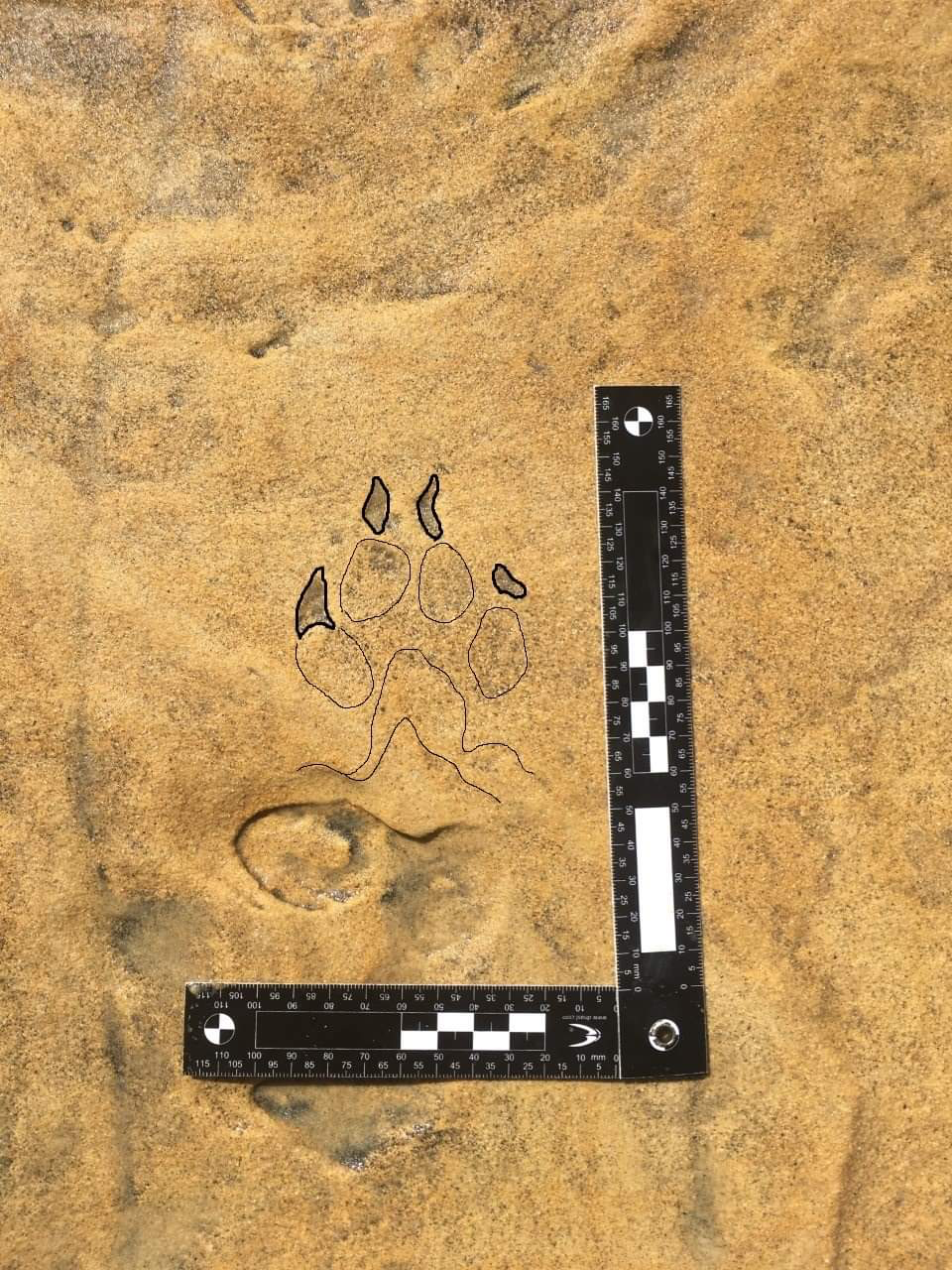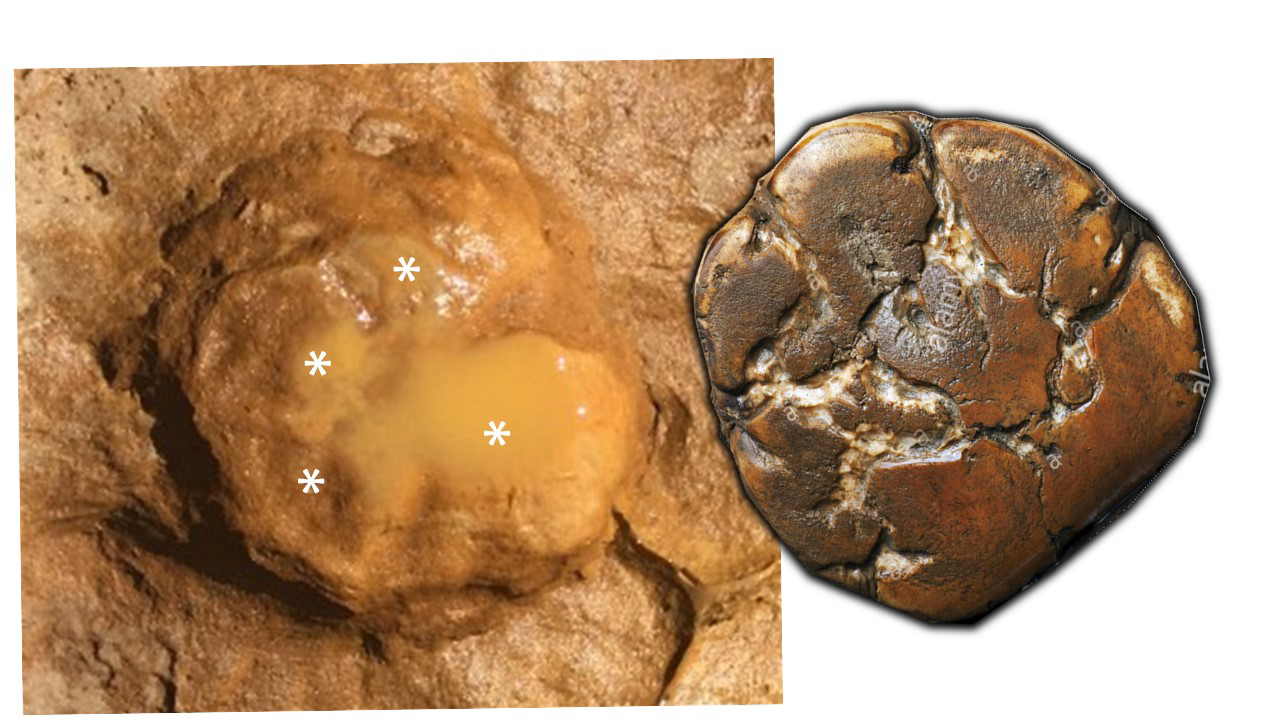Gibraltar National Museum scientists collaborate with other Iberian scientists in a major palaeontological discovery
Gibraltar National Museum scientists collaborate with other
Iberian scientists in a major palaeontological discovery
Scientists from the Gibraltar National Museum have collaborated with Iberian
colleagues from the universities of Lisbon, Sevilla, Huelva, Coimbra and Barcelona
in research which has just been published online in the international journal
Quaternary Science Reviews
(https://www.sciencedirect.com/science/article/pii/S0277379120304704?dgcid=
author).
A Late Pleistocene surface dating to approximately 106,000 years ago at the base
of the ‘El Asperillo’ cliff in the Doñana National Park, south-western Spain, was
recently exposed by storms. The trampled surface was full of exceptional tracks
and trackways of different terrestrial vertebrates. These have been ascribed to the
ancestral wild cattle, known as aurochs (Bos primigenius), red deer (Cervus
elaphus), wild boar (Sus scrofa), straight-tusked elephant (Palaeoloxodon antiquus),
wolf (Canis lupus), and also to geese and wading birds. The scientists have
interpreted the trampled surface to have been related to puddled areas of shallow
waters in an inter-dune position, similar to present day examples in the Doñana
National Park.
This important discovery strengthens the connection between Gibraltar’s
Pleistocene ecosystems and those of Doñana, which scientists have been using as a
proxy model for Gibraltar’s ancient landscapes and habitats. The species identified
in this research are all represented in the Gibraltar Pleistocene record from its
caves and points to a rich coastal shelf landscape which once stretched from the
coast of Gibraltar to the Atlantic coast of south-western Iberia all the way to
Portugal. The research continues in Doñana and in Gibraltar and further
discoveries are not ruled out.
Commenting on the research, minister with responsibility for heritage and the
environment, Professor John Cortes, expressed excitement at the reported finds:
“Doñana is a place close to my heart and one which I have spent many hours
observing its rich wildlife in habitats which were once on our own coastal shelf. I
would never have dreamt that beautiful tracks of ancient animals lay hidden under the sands of Doñana, waiting for winter storms to expose them one day. It’s almost something out of science fiction. I am also proud that this work has involved
Gibraltarian scientists. It is a reflection of the high regard that they are held in that
they have been invited to participate in this work and it is also pleasing to see
collaboration between Portuguese, Spanish and Gibraltarian scientists in a truly
Iberian project”.


Published: April 03, 2020
Other similar News
News
The #IceAgeEuropenow touring photographic exhibition arrives in Gibraltar
Published: March 16, 2019
18-20 Bomb House Lane
PO Box 939,
Gibraltar
